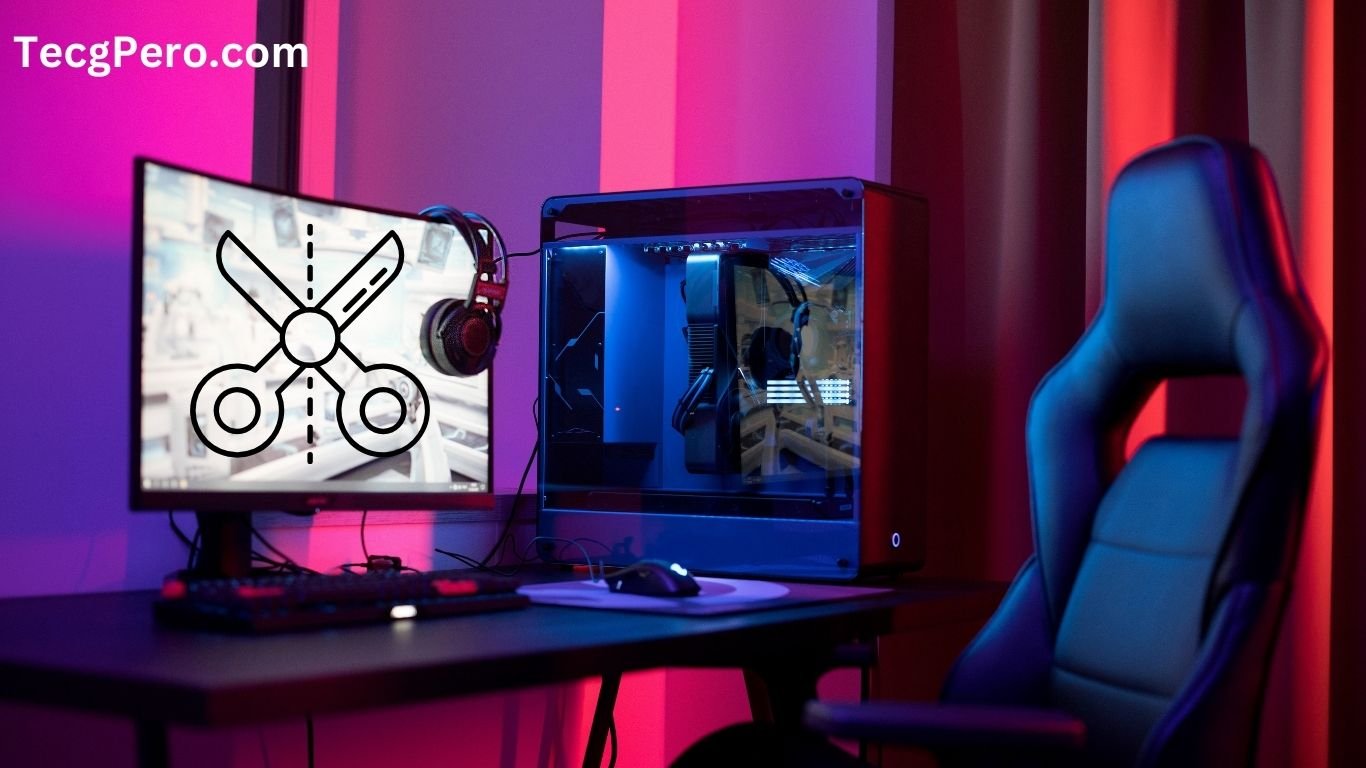I know RTX 3050 is the best budget option for anyone who wants to build his new PC. But is RTX 3050 really a good option for you? Let’s explore if the NVIDIA 3050 is made for you or not.
Gaming Performance
1080p Gaming: Where the RTX 3050 Shines
The RTX 3050 is built with 1080p gaming in mind, and it’s here where the card truly excels. If you’re a gamer who enjoys:
- Competitive first-person shooters like Counter-Strike 2
- Less graphically demanding titles
- Games where high frame rates are more important than visual fidelity
Then the RTX 3050 could be an excellent choice for you. At 1080p resolution, you can expect to run most games on high settings while maintaining smooth frame rates.
2K Gaming: Pushing the Limits
While not its primary strength, the RTX 3050 can handle 2K (1440p) gaming to some extent. You’ll likely need to adjust your settings, finding a balance between visual quality and performance. Most of the games will be playable, but don’t expect to max out settings at this resolution.
4K Gaming: Not Recommended
If you’re aiming for 4K gaming, the RTX 3050 is not the card for you. While it might run some less demanding titles at 4K, you’ll likely face significant performance issues in most modern games at this resolution.
Video Editing Capabilities
1080p Video Editing: Smooth Sailing
For those working with 1080p footage, the RTX 3050 is a solid performer. You can expect smooth playback and rendering times that won’t keep you waiting all day.
2K Video Editing: Decent Performance
The RTX 3050 can handle 2K video editing reasonably well. While not as snappy as with 1080p footage, you should still be able to work efficiently with 2K projects.
4K Video Editing: Entry-Level Capability
Surprisingly, the RTX 3050 does offer some capability for 4K video editing. It can handle basic 4K tasks, making it suitable for entry-level work at this resolution. However, for more complex 4K projects or faster rendering times, you might want to consider a more powerful GPU.
Photoshop Performance
When it comes to photo editing in Adobe Photoshop, the RTX 3050 proves to be a capable performer. This GPU can handle most Photoshop tasks with ease, allowing you to work on high-resolution images and use complex filters without significant slowdowns.
While it may not match the speed of top-tier cards for extremely demanding processes like AI-powered filters or working with massive file sizes, for the majority of Photoshop users, the RTX 3050 provides smooth performance. You can comfortably work with multiple layers, apply various effects, and use tools like the healing brush or liquify filter without noticeable lag.
This makes the RTX 3050 a solid choice for photographers and graphic designers who need reliable Photoshop performance without breaking the bank.
Final Thoughts
The RTX 3050 is a budget-friendly graphics card that offers good value for its price point. It’s an excellent choice for:
- Gamers focused on 1080p gameplay
- Content creators working primarily with 1080p and 2K footage
- Those looking to dip their toes into 4K video editing
However, it may not satisfy users who:
- Want to play the latest AAA titles at max settings
- Require high frame rates at resolutions above 1080p
- Need to work extensively with 4K or higher resolution video
Remember, to get the most out of your RTX 3050, pair it with a capable processor and sufficient system memory. As always, ensure your system has adequate cooling and power supply to support this GPU.
In the ever-evolving world of graphics cards, the RTX 3050 is a solid entry-level option. It may not be the most powerful card on the market, but for many users, it strikes a great balance between performance and affordability.
Frequently Asked Questions:
Q1: Can the RTX 3050 run all modern games?
A: The RTX 3050 can run most modern games, but you may need to adjust settings for optimal performance, especially in more demanding titles. It excels at 1080p gaming but may struggle with some games at higher resolutions.
Q2: Is the RTX 3050 good for streaming?
A: Yes, the RTX 3050 is capable of streaming, especially at 1080p. Its NVENC encoder can help reduce the CPU load during streaming, making it a good option for entry-level streamers.
Q3: How does the RTX 3050 perform in video editing software like Premiere Pro?
A: The RTX 3050 performs well in Premiere Pro for 1080p and 2K editing. It can handle basic 4K editing but may slow down with complex effects or multiple layers at higher resolutions.
Q4: Can the RTX 3050 handle ray tracing in games?
A: Yes, the RTX 3050 supports ray tracing. However, enabling ray tracing will significantly impact performance, especially at higher resolutions. It’s best suited for ray tracing at 1080p with DLSS enabled.
Q5: How does the RTX 3050 compare to the GTX 1660 Ti?
A: The RTX 3050 and GTX 1660 Ti offer similar performance in many games, but the RTX 3050 has the advantage of supporting DLSS and ray tracing, which can boost performance in supported games.
Q6: Is the RTX 3050 good for 3D rendering?
A: The RTX 3050 can handle basic 3D rendering tasks, but it may struggle with complex scenes or high-resolution outputs. It’s suitable for hobbyists or those starting in 3D rendering, but professionals might need a more powerful GPU.
Q7: Does the RTX 3050 support DLSS?
A: Yes, the RTX 3050 supports DLSS (Deep Learning Super Sampling), which can significantly boost performance in supported games, especially at higher resolutions.
Q8: How much VRAM does the RTX 3050 have, and is it enough?
A: The RTX 3050 typically comes with 8GB of GDDR6 VRAM (also comes with 4GB version for laptops). This is sufficient for most 1080p gaming and basic content creation tasks, but you might experience limitations in some memory-intensive applications or when gaming at higher resolutions.
